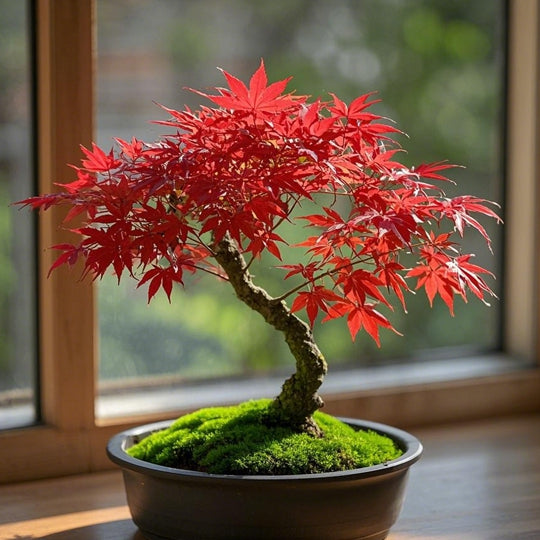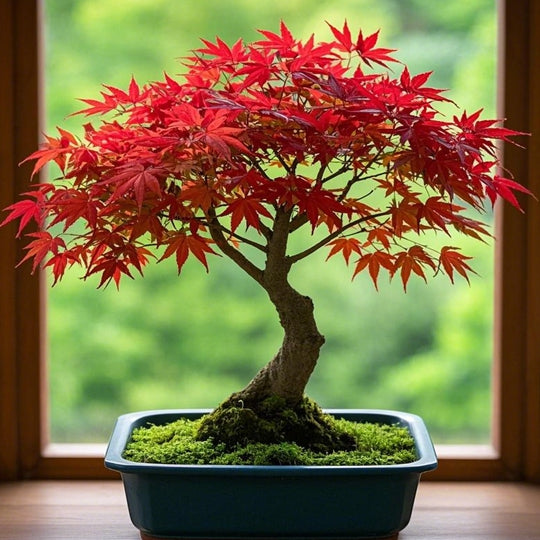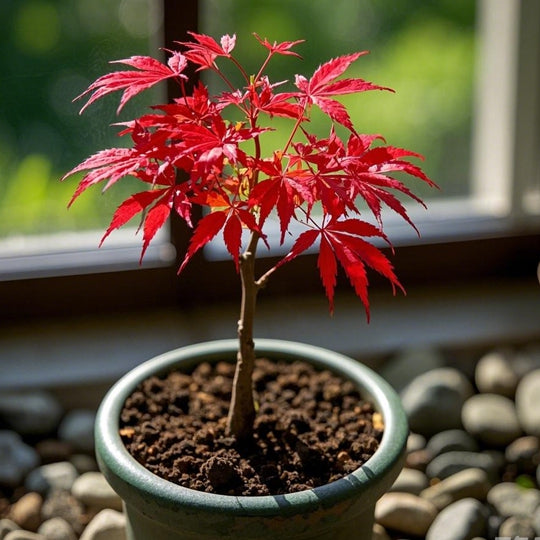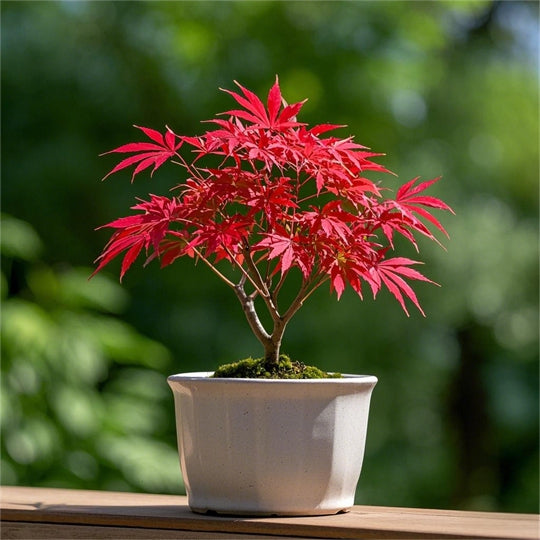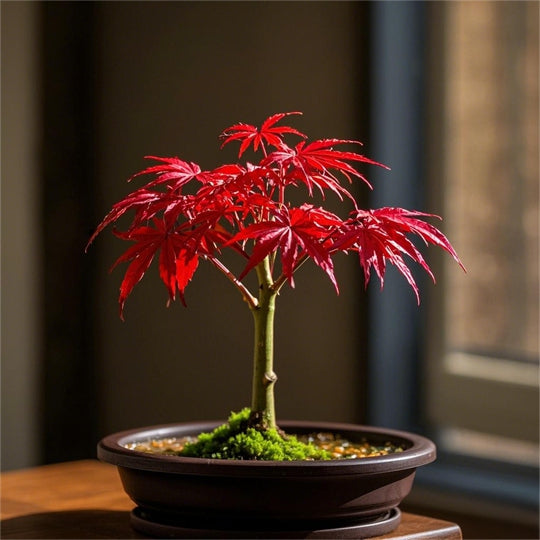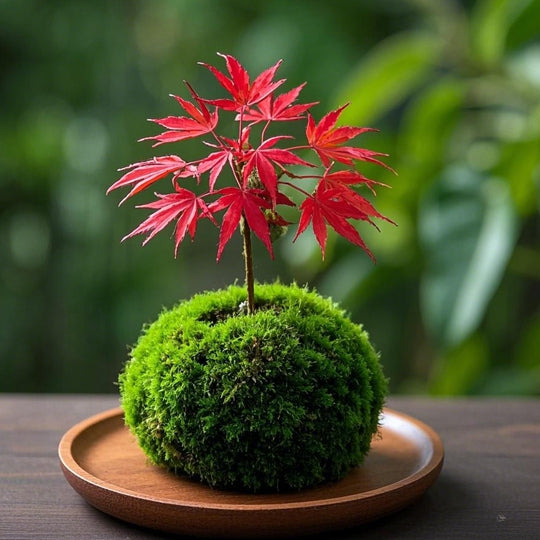1
/
of
6
Plantalks
Red Maple Bonsai Tree Winter Potted Plants
Red Maple Bonsai Tree Winter Potted Plants
Regular price
$66.99 USD
Regular price
$108.99 USD
Sale price
$66.99 USD
Unit price
/
per
Shipping calculated at checkout.
Couldn't load pickup availability

Red maple bonsai has a high ornamental value. Its leaves are brightly - colored.

Even in the corner of a small apartment or office, it can be easily placed, allowing people to enjoy the fun of gardening in a limited space.

Red maple bonsai also helps purify the air. It absorbs carbon dioxide and releases oxygen through photosynthesis.

How to take care of a red maple?
-
Sunlight Requirement
- Red maple bonsai generally prefers bright, indirect sunlight. It should be placed in a location where it can receive filtered sunlight for most of the day. In the summer months, it's crucial to protect the plant from the intense mid - day sun to prevent leaf scorching. A shaded patio or a spot with a sheer curtain to diffuse the light is ideal. In contrast, during the winter, it can tolerate more sunlight, but still, avoid direct sunlight for extended periods as it may damage the delicate foliage.
-
Temperature Management
- Red maple bonsai thrives in moderate temperatures. The ideal temperature range for its growth is usually between 10 - 25 degrees Celsius (50 - 77 degrees Fahrenheit). It can tolerate some cold temperatures, but extreme cold or frost can harm the plant. In regions with cold winters, it's advisable to move the bonsai indoors or to a sheltered location. On the other hand, during hot summers, make sure the plant is not exposed to temperatures above 30 degrees Celsius (86 degrees Fahrenheit) for long, as high heat can stress the plant and affect its growth.
-
Watering Schedule
- Proper watering is essential for the health of red maple bonsai. The soil should be kept evenly moist but not waterlogged. During the growing season (spring and summer), it usually requires more frequent watering. Check the soil moisture regularly, and water when the top inch of the soil feels dry. In general, watering two to three times a week might be appropriate, depending on the weather and soil type. In the fall and winter, reduce the watering frequency as the plant's growth slows down. Water only when the soil is significantly dry, which might be once every two weeks or so.
Share
